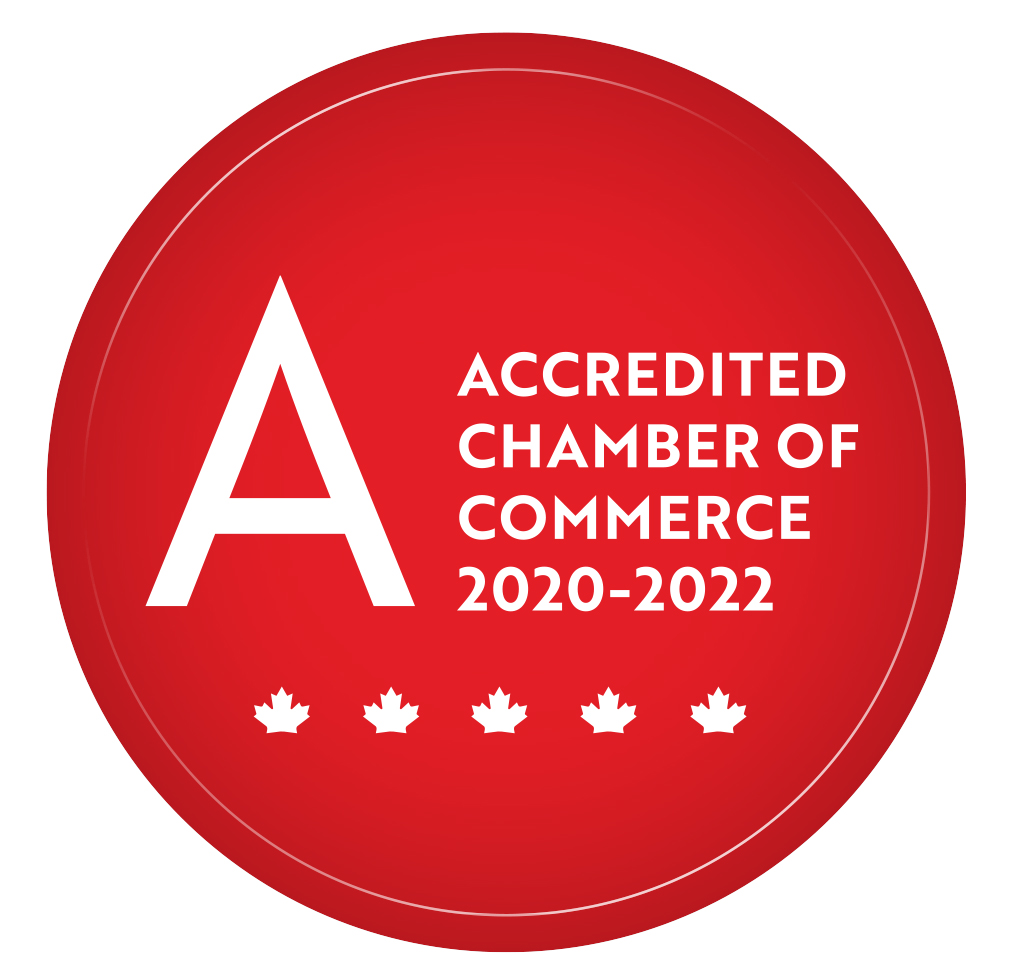
As Ontario’s government grapples with a dire fiscal situation alongside growing demand for many of its services, leveraging third-party expertise and business models through alternative service delivery arrangements will be an essential element in government’s efforts to maintain the level and quality of service from which Ontarians currently benefit.
For over 40 years, Serco has helped to deliver essential public services in over 30 countries. Read this week’s Emerging Stronger profile to find out how this organization is helping the Government of Ontario get better value for money.
The Challenge
In 1994, the Government of Ontario implemented a graduated driver licensing system in the province to improve road safety, in which new drivers had to complete a two-step licensing process instead of a single driving test. This approach effectively doubled the number of road tests that the Ministry of Transportation (MTO) would need to administer. However, because MTO was not equipped to handle the increase in demand for road tests , wait times ballooned: in certain locations, new drivers were waiting up to 15 months for a test. MTO needed a solution that would reduce wait times for new drivers and accommodate this sustained increase in demand for driving tests.
The Solution
In the face of this crisis, MTO was issued emergency funding to hire more staff to accommodate the increase in demand. In the absence of permanent funding, the Ministry sought a more sustainable solution. MTO opted to adopt a P3 model, as it was determined to be the most feasible way to deliver the service more efficiently while maintaining the integrity of the system.
In 2003, Serco won the contract in which it paid $114 million upfront for the exclusive right to deliver Driver Examination Services for 10 years. Under the agreement, Serco staff perform all driver examination operations. The 2003 contract included nearly 100 measured performance standards that Serco is required to meet, including 85 percent customer satisfaction, a 20 minute maximum wait-time inside the DriveTest Centre, a six-week maximum wait to get a road test, and penalties for every error that MTO auditors find.
The Result
Through this alternative service delivery arrangement, Ontario’s DriveTest service has improved significantly for customers: Serco has reduced wait times for a driving test to an average of five weeks; calls to the call centre were down by 25 percent in the first three months of operations; and hours of service have been expanded in some locations.
In 2013, Serco was awarded another 10-year agreement to deliver these services. This second agreement includes some changes that will allow the company to take responsibility for all customer and employee-facing technology.
There are many things government can do to help Ontario emerge stronger. Exploring alternative service delivery arrangements for its services is one of them. The Serco success story shows that government can indeed preserve or enhance the quality of existing services while addressing its fiscal challenges by leveraging the know-how and capacity of the private sector.
Read Emerging Stronger 2015
Ontario's Path from Recovery to Growth
Learn moreThe post Emerging Stronger Profile: Better Value for Money with Serco appeared first on Ontario Chamber of Commerce.













